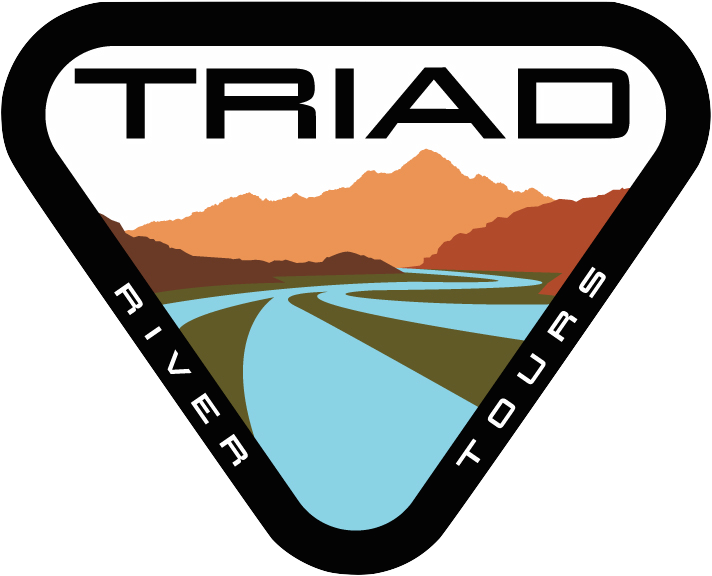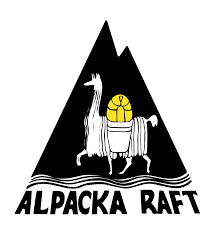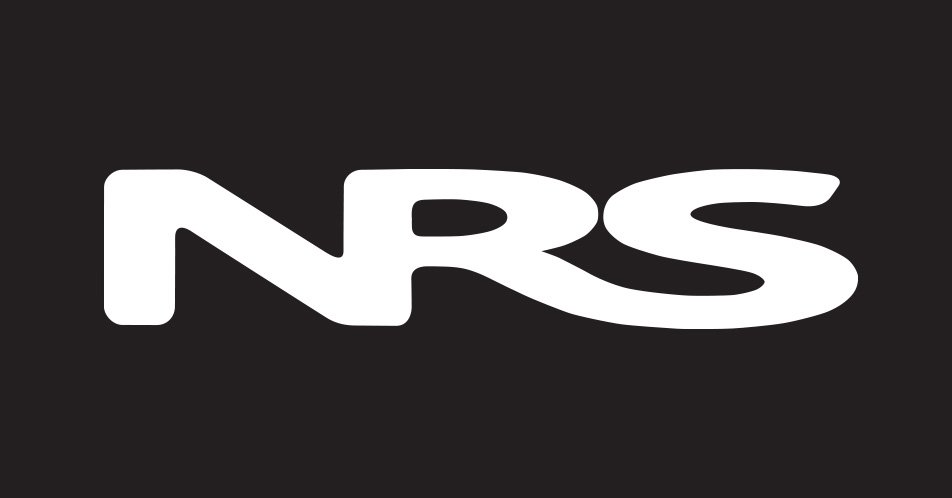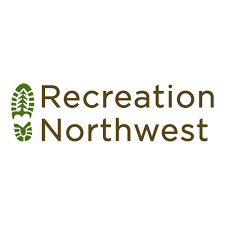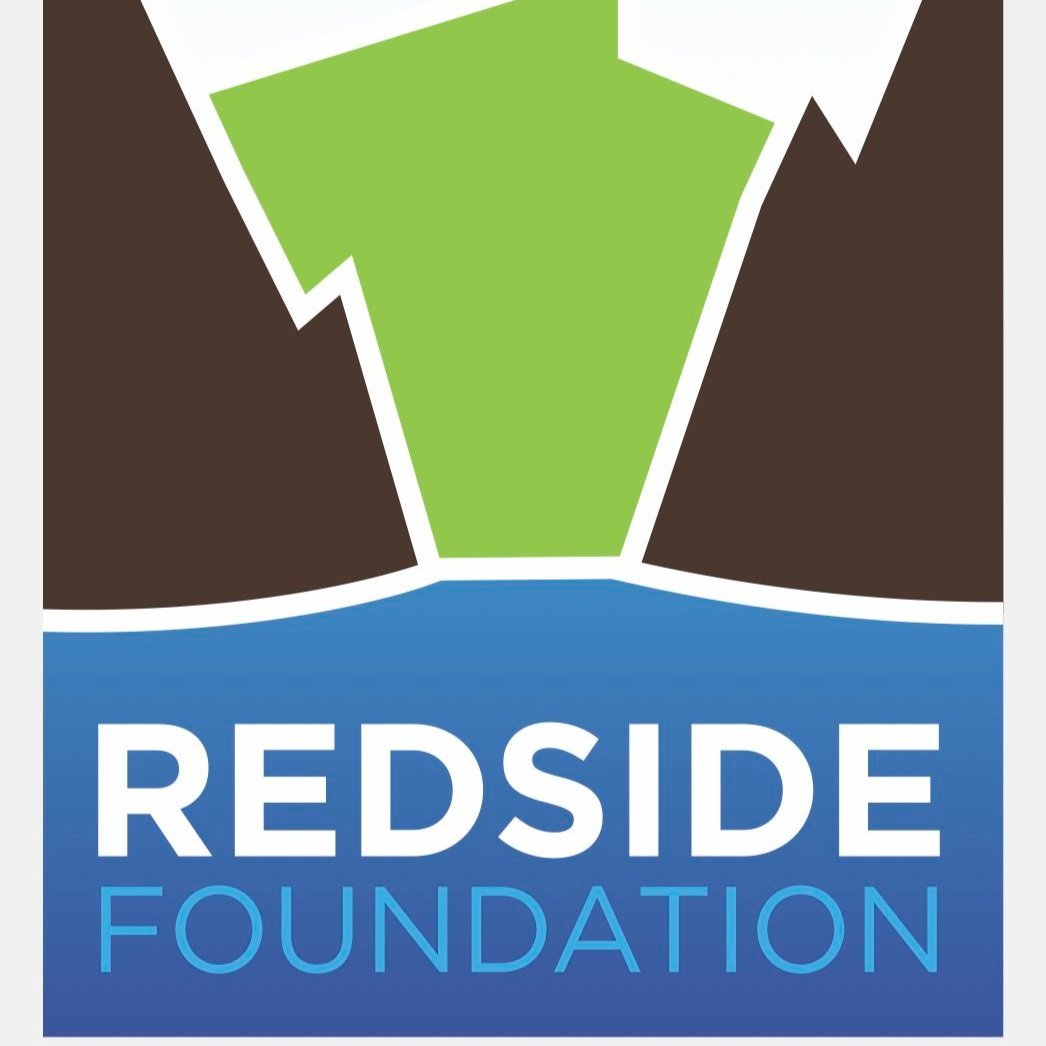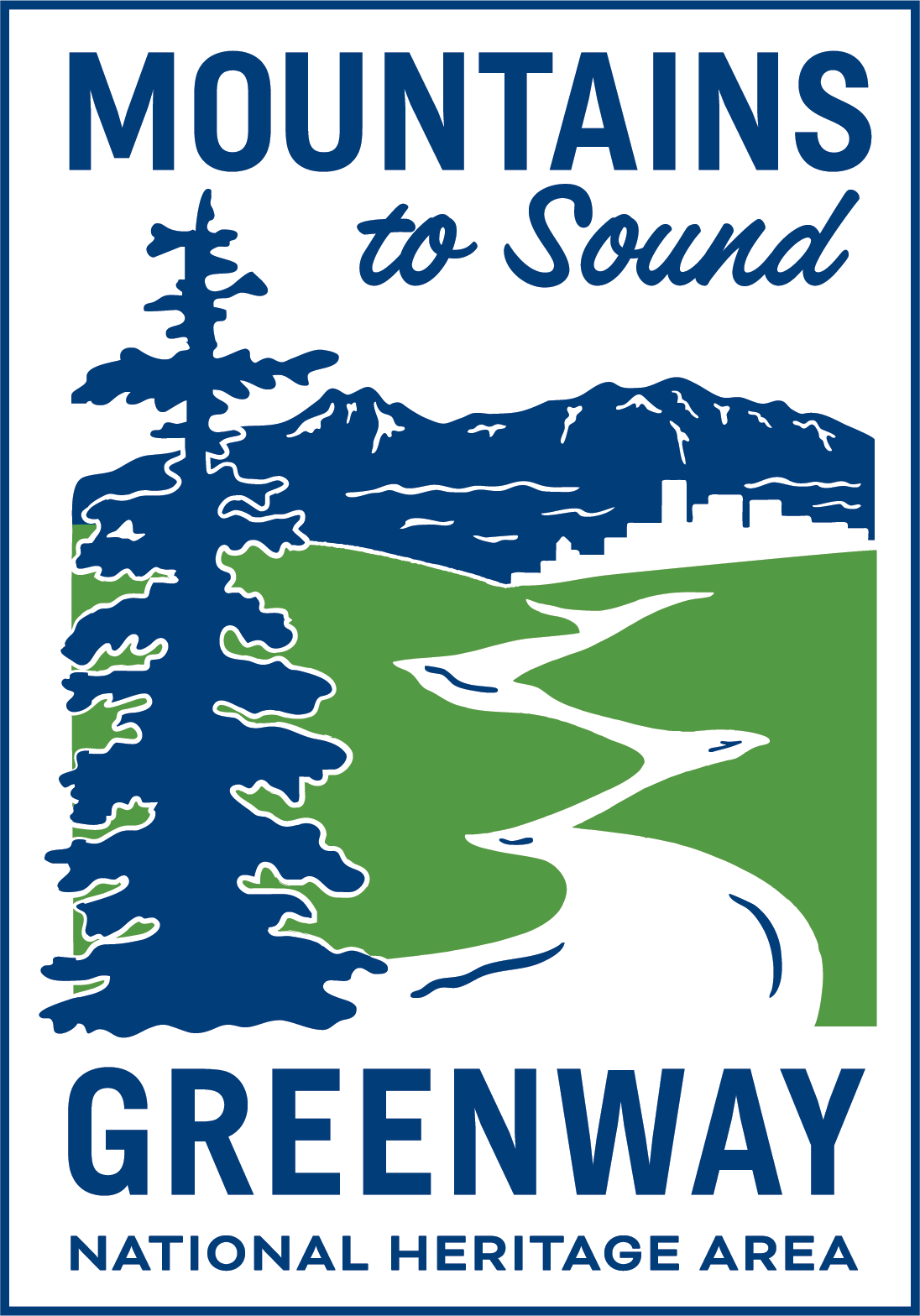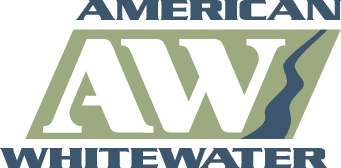Whitewater rafting is a fun and rewarding experience that contrasts the normal every day mundane traffic, paperwork, and phone calls. Rafting in the great outdoors, and in the high mountain areas of Western Washington's Cascade Mountains is an opportunity for most of us to get out and enjoy our lives with the people that we love to be around. Whitewater rafting is also dangerous, and when getting ready to enjoy yourself on the river, it is important to educate yourself on the procedures that are utilized on the particular river you are going on, and the company you are going with.
If you haven't ever been in a flip, a serious whitewater swimming situation, or a whitewater rescue, it may be advised to stick with Class 3 whitewater until you're comfortable enough to test your limits on more advanced sections.
Most whitewater companies operate within the industry standard for safety and rescue protocols. At this point whitewater rafting has been around long enough that we know the best way to accomplish most things. At the same time, whitewater rafting is not and will never be entirely safe. In fact, we have seen an increase in river injury statistics as well as fatalities in many areas of the United States in recent years. This may be attributed to more inexperienced boaters pushing the limits in whitewater situations which are quite literally "over their head". It's important to keep in mind that even though our equipment and information have improved, it remains paramount to be realistic about your skill level and abilities in rescue and recovery situations in whitewater. If you haven't ever been in a flip, a serious whitewater swimming situation, or a whitewater rescue, it may be advised to stick with Class 3 whitewater until you're comfortable enough to test your limits on more advanced sections.
To remain safe on your commercial whitewater trip the most important thing is the be cautious when booking your trip. Don't book a trip solely on price. Many outfitting companies are very efficient and offer great trips at lower prices, but usually there is a reason why companies are cheaper than others. In an industry with relatively low profit margins, you can expect that the lower priced outfitting companies spend less money on equipment and training, and thus may have less ability to provide you with as safe and enjoyable trip as a company who has prepared diligently.
Whitewater safety isn't that ambiguous. American Whitewater has a 50 year old set of guidelines which represent the industry standard in protocols for how to function in rescue scenarios on the river. It is important not only to memorize these procedures and guidelines, but to really let the information sink in deeply enough so that you can physically put them into action when in that very situation.
Below is a really well made animated video which explains many of these situations. Please take moment to watch it.
Read more:
